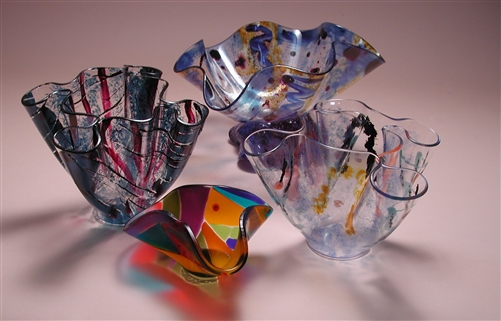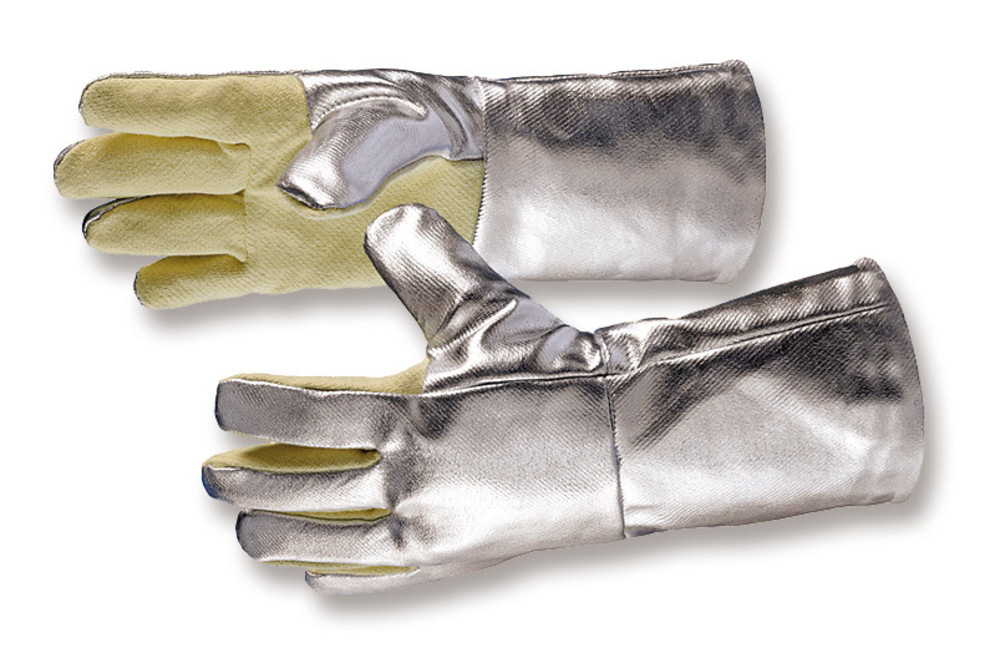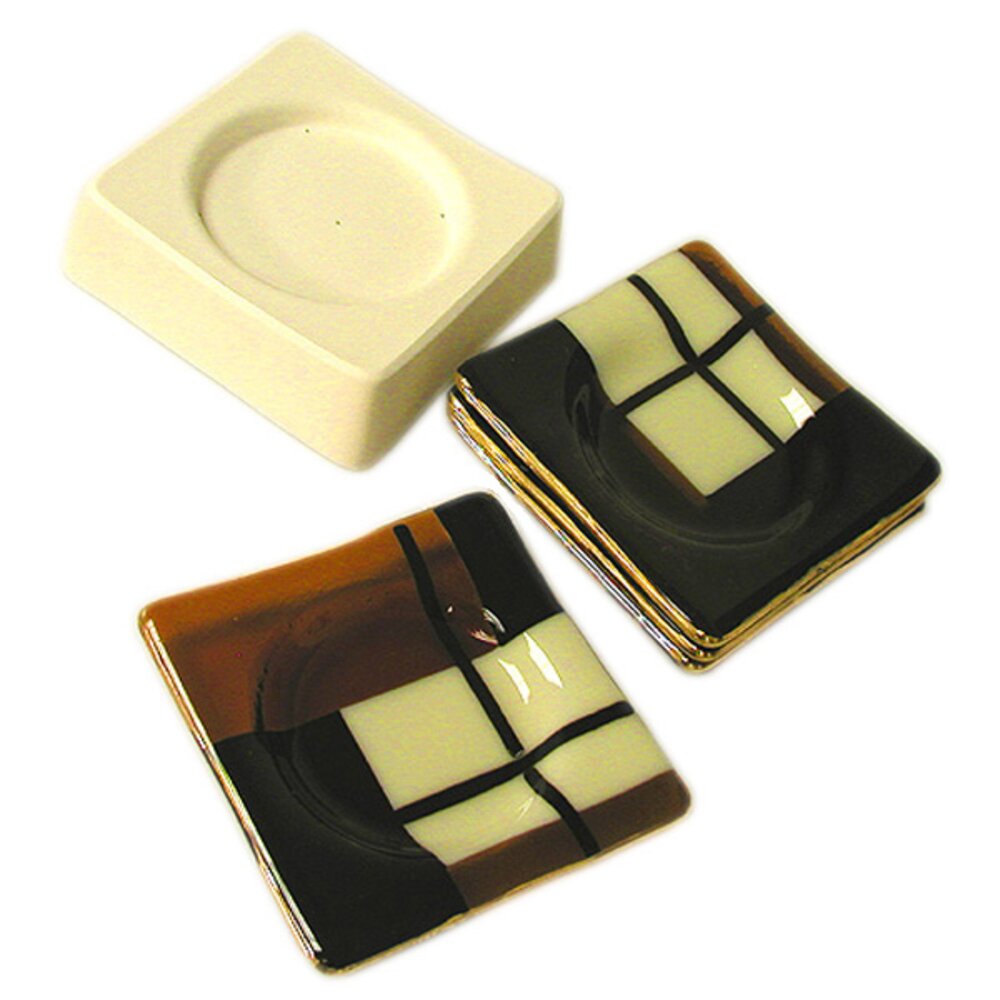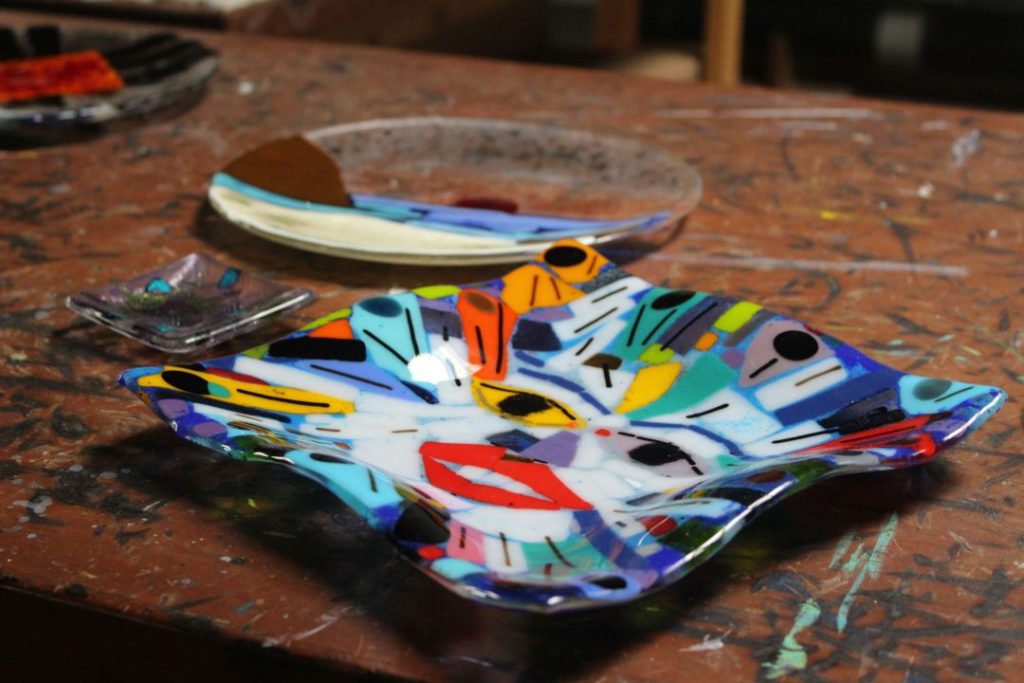
Glass slumping offers a number of possibilities to create unique glass bowls, platters, and art glasswork. It helps your mold glass into different shapes and textures using heat, gravity, and slumping molds.
In this blog, we’ll guide you through the process of slumping. We’ll explain:
- What Is Slumping?
- Slumping Vs. Fusing
- Equipment Required for Slumping
- Glass Slumping Techniques
- How to Slump Glass into a Mold
What Is Slumping?
Slumping is a type of kilnforming process that utilizes gravity and heat to mold glass into the desired shapes. With different mold textures and shapes to choose from, the slumping possibilities are endless.
In this process, a glass sheet is laid over a slumping mold and put in an Olympic kiln or microwave kiln. Fire the kiln up to 1300° Fahrenheit. When the glass becomes soft because of heat, gravity pulls it down into the mold.
Once the glass sheet takes the desired shape, the kiln is slowly annealed and cooled down to room temperature. The temperature of precise annealing depends on the type of glass.
Slumping Vs. Fusing
These are the two unique processes of creating glass art in the kiln. Both require different temperatures and must be performed at separate times in the kiln. So, let’s find out what glass fusing and glass slumping is.
Glass Slumping
- Enables you to reshape glass with the help of mold, heat, and gravity
- Needs low kiln temperature to perform—1200° to 1300° Fahrenheit
- Allows you can create larger, functional art glass pieces—dishes, plates, bowls, and ashtrays
Glass Fusing
- Enables you to combine multiple glass sheets to create unique surface patterns
- Needs high kiln temperature to perform—1300° to 1500° Fahrenheit
- Allows you to create smaller art glass pieces—glass tiles, notably beads, and jewelry
Important Note: It is recommended to always fuse your glass before you slump it. It prevents air bubbles and you have better control over the end result.
Equipment Required for Slumping
You will need the below-mentioned equipment to start your slumping projects.
Glass Slumping Kiln
A glass slumping kiln is necessary to get the required temperature. For slumping, you will need a glass kiln that is able to fire to about 1400° to 1500° Fahrenheit.
Slumping Molds
Slumping molds are made out of different elements that can withstand high temperatures when fired in the kiln. You can select your molds based on the slumping project.
Kiln Wash
Kiln wash helps you prepare and protect your slumping mold. Apply multiple layers of kiln wash to prevent the glass from sticking to your mold.
Safety Equipment

Safety comes first. Working with molten glass at more than 1000° Fahrenheit can be pretty dangerous. Invest in infrared safety glasses and heat-resistant gloves to ensure your safety.
These are not expensive at all. You can easily find these in any art supply store and online glass fusing supplies.
Important Note: It is highly recommended to learn slumping under the guidance of an experienced teacher before setting up your own studio.
Glass Slumping Techniques
There are 3 types of glass slumping techniques. you can choose according to your project—platter, bowl, art piece, etc.

Over the Mold
- Place a glass sheet on the top of a convex mold in the kiln
- Fire the kiln to make the glass sheet soft
- The heat and gravity allows the glass sheet to drape over the mold and take the desired shape
- The glass remains shiny on the outside of the bowl
- Stainless steel molds are ideal for this type of mold slumping
Into the Mold
- Balance a glass sheet on top of a mold in the kiln
- Fire the kiln to make the glass sheet soft
- The soft glass sheet sinks into the mold with the help of heat and gravity
- Make sure there are tiny air holes at the bottom of the mold for air to escape during the firing
- The glass remains shiny from the inside of the bowl
- Ceramic molds are ideal for this type of mold slumping
Through the Mold
- Place the glass on the mold, also known as drop ring
- Fire the kiln to make the glass sheet soft
- The combination of heat and gravity pulls soft glass sheet down through the mold
- Rigidized ceramic fiberboard and drop-out clay ring molds are ideal for through the mold slumping
How to Slump Glass into a Mold
You can slump all types of glass sheets in 5 easy steps:
Step 1: Workspace Preparation
Collect all the needed material—mold, kiln, safety equipment, etc.—before you start your project.
Step 2: Mold Preparation
- Prepare your mold by applying kiln wash
- Kiln wash application method depends on the type of mold
- Use a high-quality shelf primer to protect the glass from sticking to the mold
- Apply multiple layers of the kiln wash and let it dry
- If applied correctly, your mold can withstand multiple firing
- Carefully handle and store primed molds to prevent breakage and chips
Step 3: Slump Preparation
- Put a glass sheet on a mold
- Place the mold inside a glass kiln
- Make sure the mold is 2 or more inches above the heating elements of the kiln
- if not, elevate the mold to promote uniform heating & cooling
Step 4: Let’s Fire
- Work out your firing schedule according to the thickness and size of your glass piece
- Fire your kiln and bring it up to the required temperature range for slumping—1100–1250° Fahrenheit
- Make sure you gradually increase the temperature to prevent thermal shock
- Similarly, gradually decrease the temperature during the annealing process
- Program your glass kiln to cool at 100° per hour
- Finally, when the temperature is around 70°, allow it to cool at room temperature
Step 5: Admire your Slumped Glass

By the time the glass sheet is cooled down to room temperature, the soft glass will be crystallized. It will turn back into a rigid form of glass with the shape and texture of the mold.
Conclusion
Mastering glass slumping involves some trial and error especially with the ‘through a mold’ technique. It requires you to make regular inspections to check how far the glass sheet has slumped.
It’s also crucial to maintain the right temperature so that the glass does not slump in excess. It will affect the final texture and finish of the end product. The final results may also vary depending on the:
- Size of the project
- Type of kiln
- Type of glass used
- Number of glass layers
